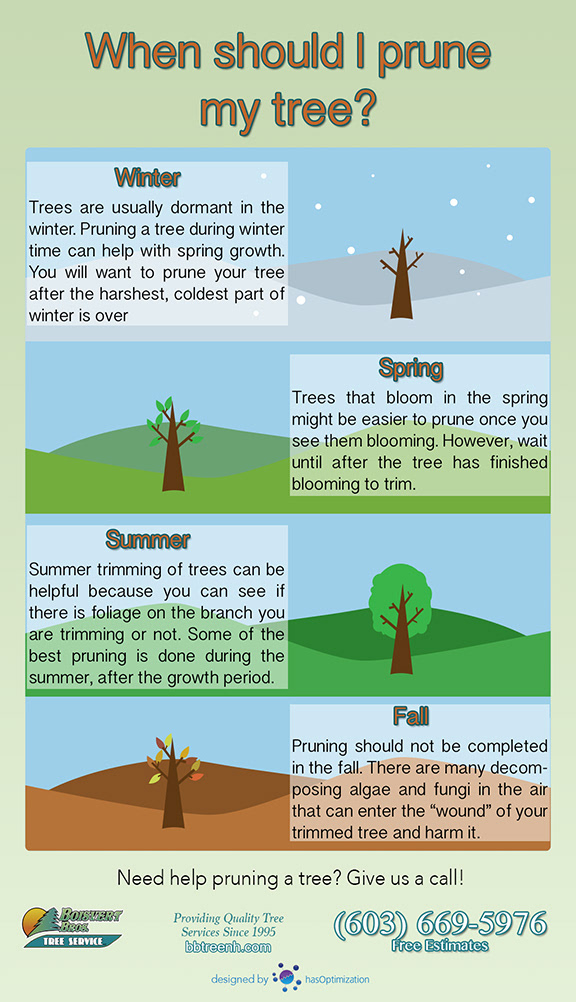Acknowledging The Demand For Tree Removal: A Guide For Homeowners
Acknowledging The Demand For Tree Removal: A Guide For Homeowners
Blog Article
Posted By-Siegel Long
Trees include appeal and value to property, but they can also position a danger throughout severe weather occasions. If a tree has quit expanding, is showing visible fungal growth, or has a leaning trunk, it needs to be removed by a professional to avoid residential or commercial property damage and injury.
To get more information, attend a house owner source reasonable co-hosted by HPD, the Facility for NYC Neighborhoods, and Brooklyn-based housing companions this evening in Bedford-Stuyvesant. The occasion will feature the Property owner Handbook, a new guide to assist house owners browse the responsibilities of owning a home.
1. Dead or Dying Branches
Trees are an integral part of your home's landscape, providing color and charm. They also supply sanctuary for wildlife and produce oxygen, yet even healthy and balanced trees can experience health issue that may demand their removal. Dead or dying trees aren't just unsightly, they can be harmful. Their branches might drop throughout a storm, leading to pricey residential property damages and injuries.
When a tree's branches begin to pass away, it means that its structure is beginning to break down. If the majority of its branches are dead, it is likely time to remove it.
Seek a lack of new development, bark peeling, open wounds or tooth cavities, fungi growing on the trunk or origins and a general look of degeneration in the whole canopy. emergency tree service of infection can suggest a severe problem that will certainly call for professional tree solutions to settle.
2. Leaning Trunk
While it's regular for trees to lean from time to time as a result of phototropism, if a tree has an unsafe or extreme lean that's not due to natural processes - maybe a sign that the tree needs to be gotten rid of. If the tree is favoring a high-voltage line, home, car, play structure or any other area that could be harmful to people if it falls, after that getting in touch with a specialist tree solution for removal should be a leading concern.
It's also essential to expect any type of sudden changes in a tree's leaning as it can suggest damage to the origins or trunk that might result in falling. This is particularly true throughout stormy weather, because high winds and rain-soaked soil can create a lean to alter swiftly. Regular tracking, particularly during and after tornados can help house owners identify potential issues with their trees so they can call an arborist for a complete evaluation.
3. Pest Infestation
Some pest invasions, such as wood-boring bugs like emerald ash borer or sap-suckers like range insects, are so extreme that they can trigger a tree to pass away. The best way to prevent pest invasion is to check your trees regularly. Search for areas, openings, or discolorations in the fallen leaves and bark. Take a look at the trunk for cracks and signs of insect damages, such as passages or tracks.
If Learn Additional ends up being too ravaged with pests, or is close to a home or power lines, an arborist might advise elimination. If a leaning tree develops a new, unsteady lean, an arborist will likely recommend removal as well to ensure the safety and security of people and building. If a damaged or dead tree constantly sheds excessive branches, it is an indicator that it is time to get rid of the tree. If a tree continues to shed branches for an extended period of time, it can bring about structural troubles and possible building damages.
4. Damaged Trunk
Trees are a beautiful and integral part of our landscape, yet they do call for normal like maintain them healthy and safe. If a tree is damaged irreparable it is likely time for it to come down.
Look for indicators of damage to the trunk, consisting of upright splits, joints, dead branch stubs, noticeable injuries or open dental caries and severe tree-rot. The presence of fungi at the base of the trunk is an additional warning indication. Fungi might indicate that the phloem and xylem (life-support tissues) are compromised, permitting the spread of illness or a future failure.
Additionally, consider whether the tree has actually quit expanding. Healthy and balanced trees will have new development every year, which may show up as buds or branches sprouting and prolonging. If you do not see any type of brand-new growth, it's an excellent idea to have an arborist evaluate the tree and follow their referral for removal. garden and maintenance services dying or harmed tree can fall and cause building damages.